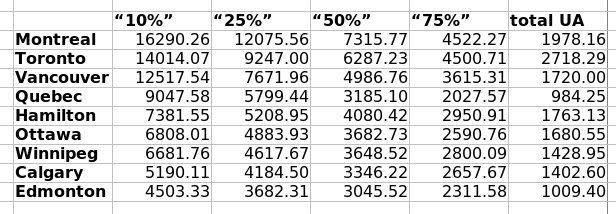adma
Superstar
spacing is way too concerned with weird issues like the height limit and "community feedback" to give much of a shit about architecture. they probably think it's decadent, bougie...
Actually, what's at issue here is Spacing Montreal, versus its Toronto big sibling--or at least the network of discussion behind either.
And as long as folks like Shawn Micallef are around, there'll be a side to Spacing Toronto that's not only sympathetic to architecture, but with a revisionist bent re 60s/70s commieblockitude. Whereas in Montreal, it still often feels like they're eternally battling Drapeau-era excesses to the point of myopic hysteria...






